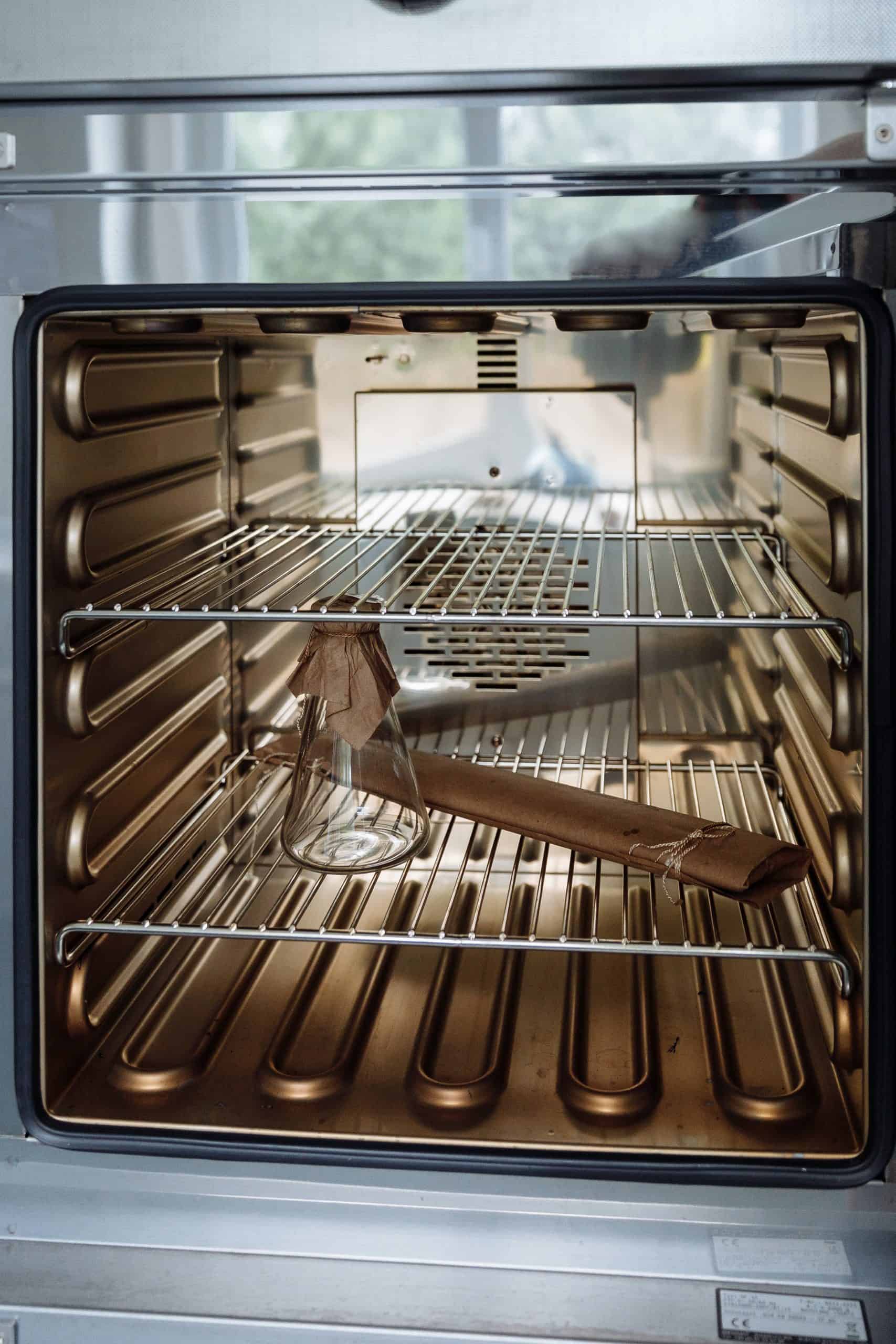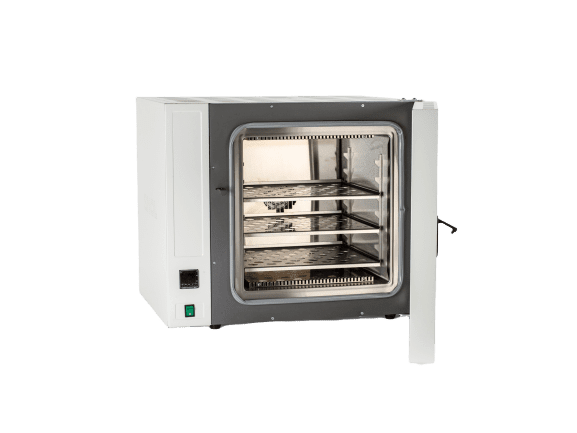
Among the essential tools that any chemical laboratory must have, there are Laboratory Stoves, also featured in many higher education institutions due to the many functions they can perform.
In this article, we will take a closer look at what laboratory stoves are, what’s their use and why they are so important.
Furnaces and Dryers
Discover the small countertop ovens and dryers
What are laboratory stoves?
Laboratory stove is the generic name that identifies a whole series of laboratory instruments that perform similar functions, including ovens and dryers.
For the type of work they do, laboratory ovens reach extreme temperatures ranging from 200° to 350°.
Laboratory stoves are usually cabinets built in stainless steel and are equipped with a thermal door and perforated internal shelves to help air circulation. The internal walls are insulated.
Inside, various types of substances and materials are introduced that can be subjected to a wide range of tests and processes, let's see some of them.
What is the use of a laboratory stove?
Thanks to the particular way of heating the laboratory stove, or the principle of convection, the heating element is not located in the same internal chamber as the oven, but in a separate external casing. In this way the radiant heat does not affect the integrity of the material, compound or product to be tested.
Here are some of the procedures that can be done with a laboratory stove:
- Drying: it is one of the most common uses of laboratory ovens and is mainly used on precipitates. It is used to evaporate liquids dispersed in solid materials and thus separate solids and liquids.
- Glass Drying: another fundamental function of laboratory ovens is the drying of laboratory glassware; preparatory procedure for their use in many experiments.
- Baking and Annealing: Baking is a way of heating a substrate without dehumidifying it. Annealing, on the other hand, involves heating and cooling materials such as steel or glass to decrease its hardness and increase its ductility.
- Bond consolidation: laboratory ovens can combine drying and cooking in order to make the chemical bonds of substances stronger.
- Sterilization: laboratory ovens - in particular ovens - also play a central role in the sterilization process of laboratory instruments which are kept at a temperature of 160° with constant heat and monitored for 45 or 60 minutes.
You cannot find the ideal chamber for your test?
Create your own environment, according to any test requirement
The FDM Dryer Oven
FDM - Environment Makers produces drying ovens suitable for all needs. Ovens are a type of laboratory oven capable of reaching very high temperatures and performing all of the above procedures. FDM ovens have a temperature range from 200° C up to 350° C and two main types of heating: static or ventilated.
Thanks to the innovative stillFACE interface, FDM ovens can be programmed externally in a simple, intuitive and extremely accurate way.
Would you like to receive a quote or do you have questions about the product?
Contact us to receive more information about this Product.



